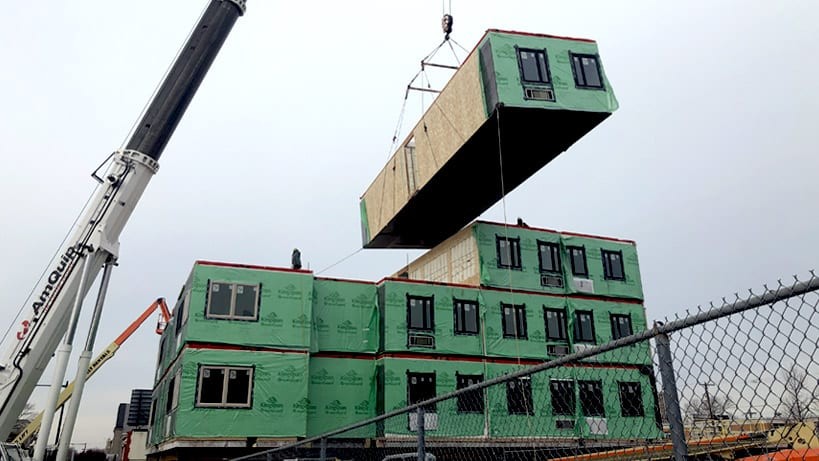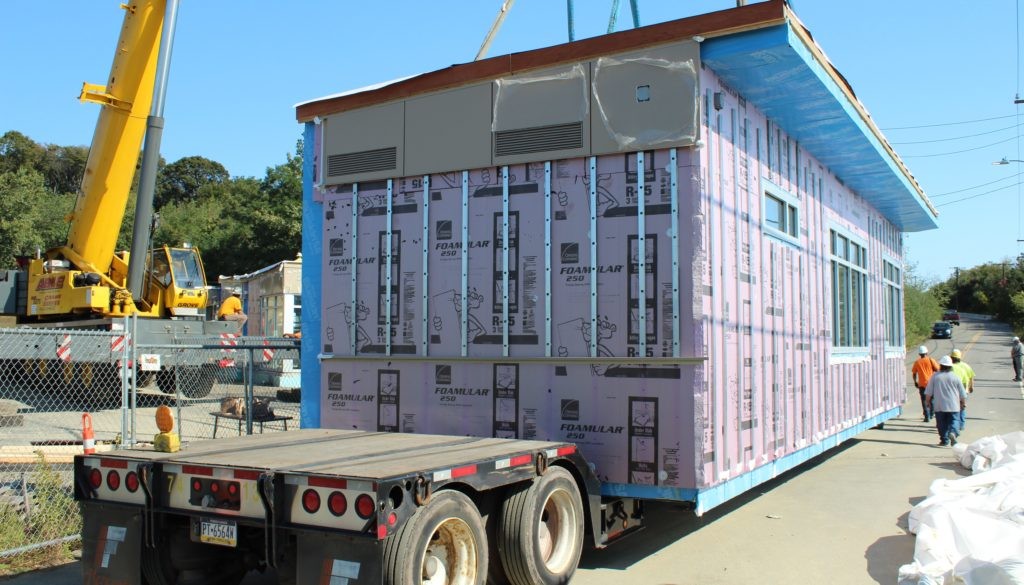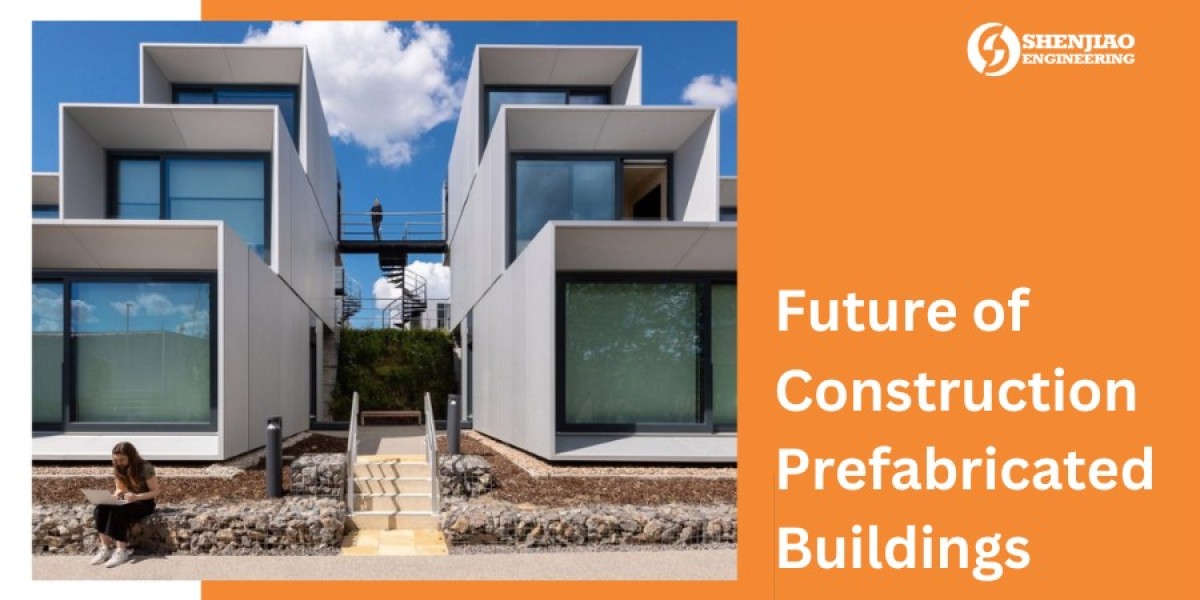The remarkable rise of prefabricated buildings and modular architecture is reshaping the future of construction. As sustainability and efficiency take center stage in the industry, the advantages of prefabrication are capturing the attention of architects, builders, and developers worldwide. Prefabricated buildings, or modular or off-site construction, offer a transformative approach that revolutionizes traditional construction methods.
Prefabricated buildings are manufactured in controlled factory settings, where components are meticulously crafted and transported to the construction site for assembly. This innovative process streamlines construction timelines, enhances quality control, and reduces costs. It is no wonder that the concept of prefabricated buildings is gaining traction across residential, commercial, and infrastructure sectors.
The key to the popularity of prefabrication lies in its wide range of benefits. These buildings save time during construction and improve construction quality through precise manufacturing and adherence to building codes. Prefabrication significantly reduces material waste, promoting sustainability and environmental responsibility. Furthermore, prefabricated buildings can incorporate energy-efficient features, making them an attractive choice for eco-conscious projects.
In this article, we will delve into prefabricated buildings, exploring their benefits, applications, and role in shaping a sustainable and efficient future for the construction industry.
The Concept of Prefabricated Buildings
Prefabricated buildings, also known as modular or off-site construction, involve manufacturing building components in a factory-controlled environment. These components, such as walls, floors, and roof panels, are then transported to the construction site for assembly. The process offers a streamlined approach to construction, maximizing efficiency, quality control, and cost-effectiveness. Prefabricated buildings can range from small residential units to large commercial structures, showcasing the versatility of this construction method.

Benefits of Prefabricated Buildings
Prefabricated buildings offer a host of benefits that contribute to their growing popularity:
- They significantly reduce construction time. The overall construction period is shortened since the components are manufactured simultaneously with site preparation. This time-saving advantage benefits builder and reduces disruptions for neighboring communities.
- Prefabrication enhances construction quality. The controlled factory environment allows for precise measurements, strict quality control, and adherence to building codes.
- Prefabrication reduces material waste by optimizing material usage during manufacturing.
- Prefabricated buildings can be designed to be energy-efficient, incorporating sustainable features such as insulation, solar panels, and rainwater harvesting systems.
Applications of Prefabricated Buildings
The applications of prefabricated buildings are vast and encompass various sectors. In residential construction, prefabrication is embraced for single-family homes, multi-family housing, and even temporary housing solutions. Prefabricated buildings also find application in commercial construction, including offices, retail spaces, and educational facilities. Additionally, they are increasingly used in healthcare, with prefabricated modules serving as clinics, hospitals, and medical centers. The adaptability of prefabrication extends to infrastructure projects such as bridges, bus stations, and modular data centers. The versatility of prefabricated buildings makes them suitable for urban and rural settings, enabling rapid construction in diverse locations.
Sustainable and Eco-Friendly Construction
Prefabricated buildings align seamlessly with sustainability goals in the construction industry. The controlled factory environment reduces waste and allows for efficient use of resources. The precise manufacturing process minimizes material waste, and any excess materials can be recycled or reused. Additionally, the energy-efficient designs of prefabricated buildings contribute to reduced energy consumption and lower carbon emissions. By incorporating sustainable features like green roofs, passive solar design, and energy-efficient systems, prefabricated buildings set a new standard for environmentally conscious construction practices.
Overcoming Challenges and Embracing the Future
While prefabricated buildings offer numerous advantages, challenges must be addressed to ensure widespread adoption. These challenges include transportation logistics, building code regulations, and design flexibility. However, the industry is actively working to overcome these obstacles through technological advancements, standardization, and collaborative efforts. As the demand for sustainable and efficient construction continues to grow, the future of prefabricated buildings appears promising. With continued innovation, advancements in materials, and improved construction techniques, prefabricated buildings will play a vital role in shaping tomorrow's construction industry.

Conclusion
Prefabricated buildings and modular architecture are redefining the future of construction. With their inherent benefits, including reduced construction time, enhanced quality control, and eco-friendly practices, prefabricated buildings offer a sustainable and efficient solution for diverse construction needs. From residential to commercial and infrastructure projects, prefabricated buildings showcase their versatility and adaptability. While challenges exist, the industry's commitment to innovation and collaboration will pave the way for wider acceptance and integration. As we strive for a more sustainable and cost-effective approach to construction, prefabricated buildings stand at the forefront of shaping a better-built environment for generations to come.

